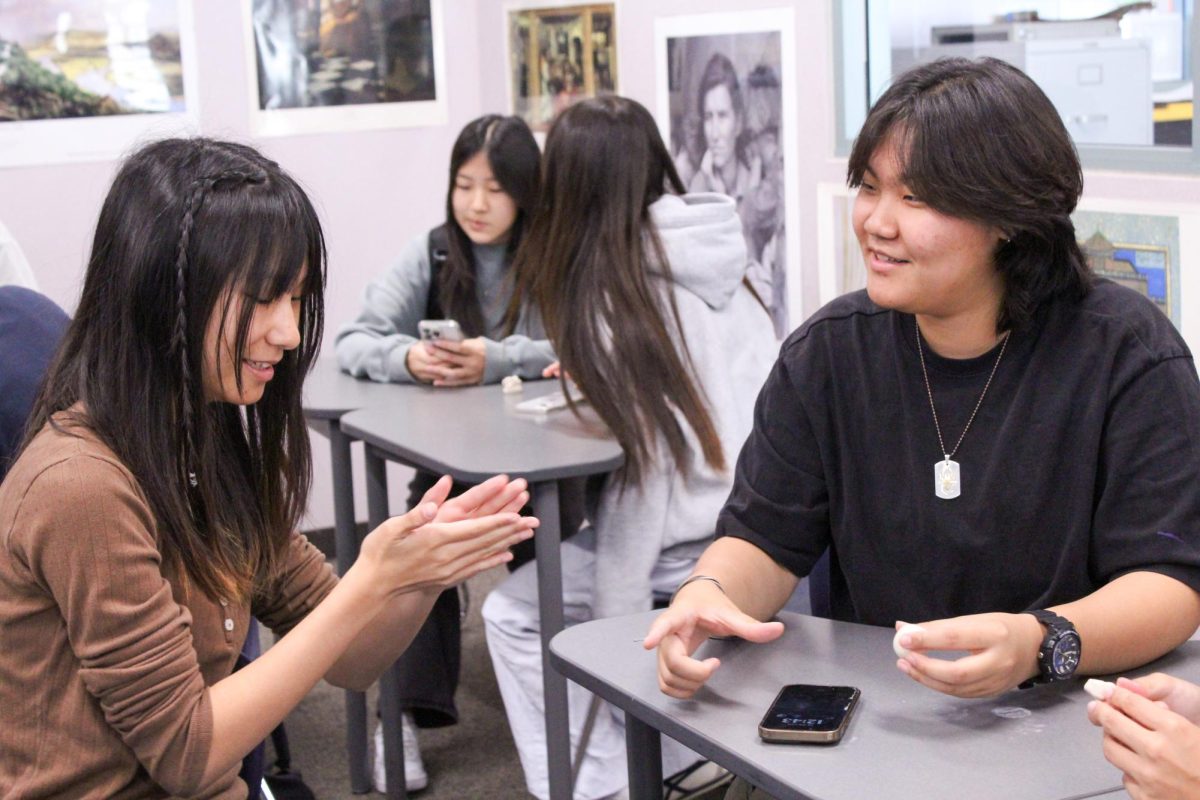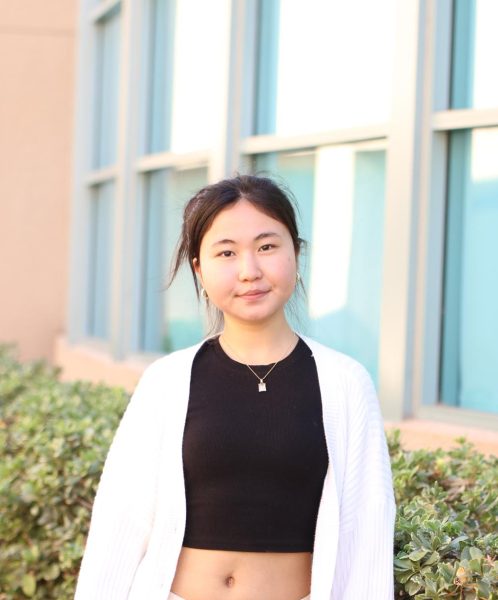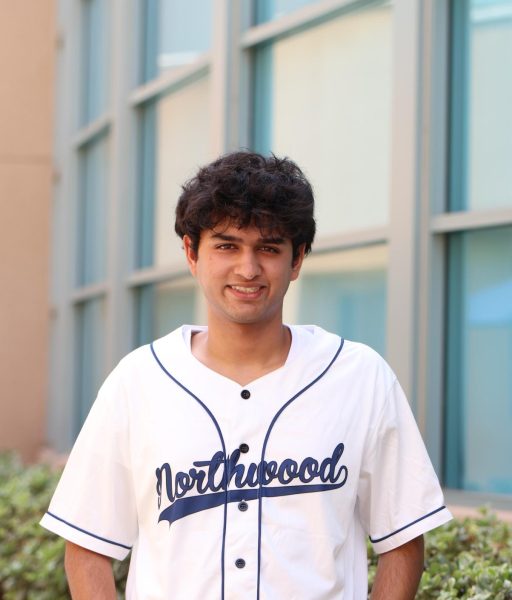From ancient Greek architecture to postmodernism artwork, art history examines a wide realm of perspectives from different artists across centuries. Though the long history of artists and artworks may seem intimidating, Northwood’s Art History Club aims to bring the excitement of art history to life.
Founded in spring of 2024 by senior Amy Jeon, the club’s mission is to foster a student community passionate about art history. While Art History Club’s popularity and success builds off of the engagement of AP Art History students, it offers more than just an extension of the AP course and welcomes any student interested in art history.
“Art History Club can bring in additional elements that the class itself does not have time to cover as the course can only cover 250 art pieces for the entire year, when there are far more art pieces out there,” club advisor and AP Art History teacher Zane Pang said. “It is really important for people to understand art, culture and its context throughout the world.”
During bi-weekly lunch meetings, members of the club participate in various hands-on activities such as trivia, debates and crafts involving food.
Last year, the club created edible recreations of historic objects, such as a map of Northwood using sticks and marshmallows in imitation of the Navigation Chart, a practical art piece from the Marshall Islands made of wooden sticks and shells.
“I think the main thing that keeps our club going is the genuine passion for art history from all of our club members, especially from our board,” publicist senior Amanda Zheng said.
The club is looking forward to hosting a wider variety of activities this upcoming year and is meeting every other Wednesday in Room 911. Check out @nhs_arthistoryclub on Instagram for regular posts spotlighting a specific artist or artwork and upcoming board applications for this school year.
“The Art History Club is a very welcome community for anyone interested in the subject,” Zheng said. “You don’t have to be an artist or a historian to enjoy the variety of works we present. Art history is for everyone to appreciate.”





















































